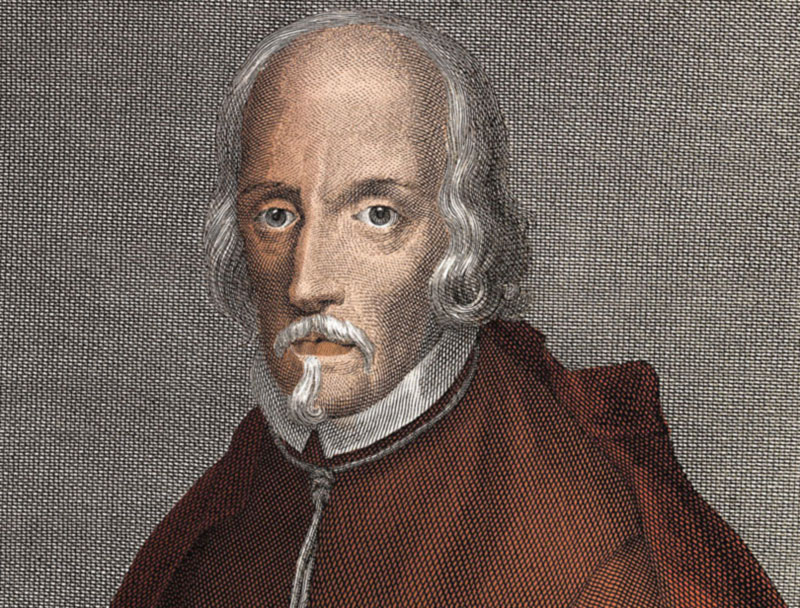
Biografia di Pedro Calderón de la Barca
Pedro Calderón de la Barca, (born Jan. 17, 1600, Madrid, Spain—died May 25, 1681, Madrid), Spanish playwright. He abandoned religious studies in 1623 to write plays for the court of Philip IV of Spain. His secular plays included The Surgeon of His Honour (1635), Life Is a Dream (1638), and his masterpiece, The Daughter of the Air (1653).
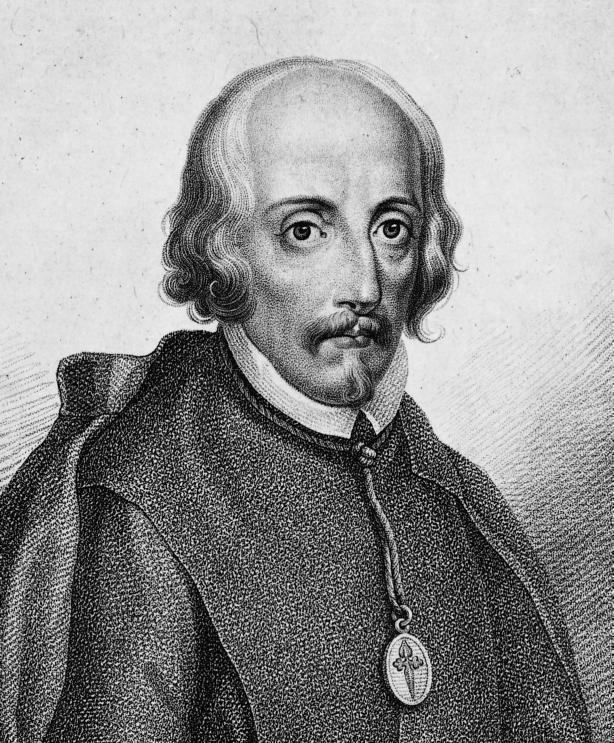
Pedro Calderón de la Barca lex.dk Den Store Danske
1600-1681 Spanish playwright P edro Calderón de la Barca of Madrid was one of the greatest Spanish playwrights of the Renaissance. During his career Calderón wrote several poems and approximately 120 three-act plays. His later work with musical theater contributed to the development of opera in Spain.

Portrait of Pedro Calderón de la Barca (Madrid 1600 Madrid 1681) was a Spanish writer, a
Pedro Calderón de la Barca was a Spanish dramatist, poet, writer and knight of the Order of Santiago. He is known as one of the most distinguished Baroque writers of the Spanish Golden Age, especially for his plays.

Muere Calderón de la Barca Archiletras
January 17, 1600. Died. May 25, 1681. Genre. Theatre. edit data. Pedro Calderón de la Barca y Henao was a dramatist of the Spanish Golden Age. Calderón initiated what has been called the second cycle of Spanish Golden Age theatre. Whereas his predecessor, Lope de Vega, pioneered the dramatic forms and genres of Spanish Golden Age theatre.
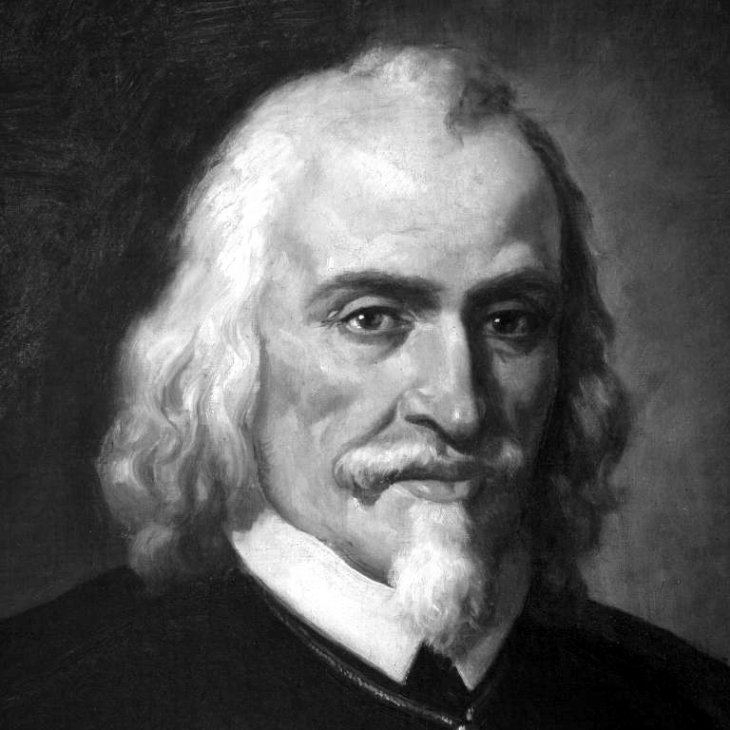
LAS AVENTURAS DE PEDRO CALDERÓN DE LA BARCA '''NO LO SE!!!... ¿O SI?
Includes the Catholic Encyclopedia, Church Fathers, Summa, Bible and more — all for only $19.99. Born 1600; died 1681; a Spanish dramatist whose activity marks the second half of the golden age of Spanish literature. His time was one of social and political decay under the rule of Phillip III and Phillip IV, when all things indicated the.

Calderón de la Barca Símbolo del Siglo de Oro
Sun 24 Jan 2021 05.15 EST. The death of Pedro Calderón de la Barca - soldier, priest and one of the finest dramatists Spain has produced - continues to prove almost as turbulent and.
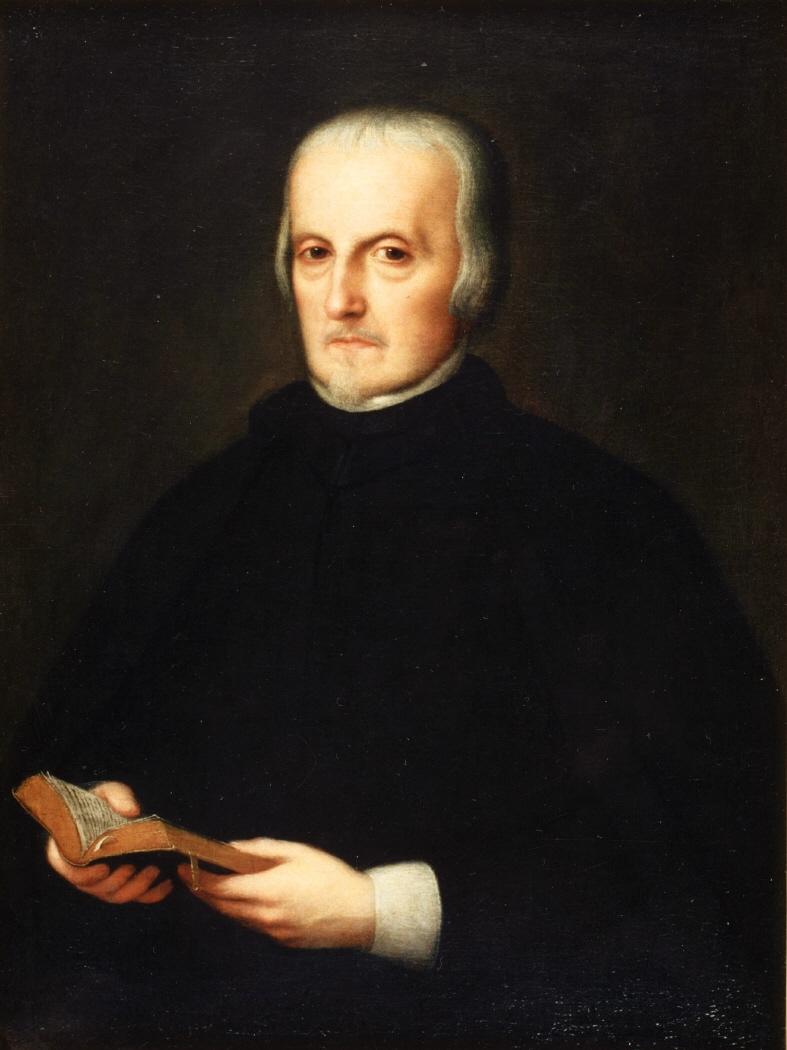
Siglo de Oro Pedro Calderón de la Barcas Biografía
209 p. ; 23 cm Calderón, the Spanish Golden Age, and the Comedia -- The honor code and the conjugal honor play -- Types or personajes-tipos in the Comedia -- The figure of King Pedro and the role of history in the play -- The Spanish Comedia as dramatic poetry: scanning verses; rhyme; verse forms; strophic verse forms ; non-strophic verse forms; versification table for El médico de su honra.

Pedro Calderon De La Barca Print Photograph by Bettmann Pixels
Pedro Calderón de la Barca (1600-1681) es el máximo exponente del teatro barroco español, hasta el punto de que su muerte marca el final del Siglo de Oro en España. Lope de Vega fue el iniciador y creador del teatro nuevo del siglo XVI y Caderón de la Barca supone la culminación de dicho proceso.

Pedro Calderón de la Barca, el gran poeta de la Edad de Oro
Calderón de la Barca, Pedro, 1600-1681. Publication date 1987 Topics Drama religioso español -- Epoca clásica, 1500-1700, Teatro Espanhol, Teatro España 1500/1700, Literatura castellana España 1500/1700 Publisher Madrid : Aguilar Collection printdisabled; internetarchivebooks Contributor Internet Archive Language

Pedro Calderón de la Barca Alchetron, the free social encyclopedia
The Spanish poet and playwright Pedro Calderón dela Barca y Henao (1600-1681) is second only to Lope de Vega in Spain's Golden Age, 1580-1680. He used the stage to interpret and champion Catholicism, to battle the Reformation, and to exalt the monarchy. Born in Madrid on Jan. 17, 1600, Pedro Calderón was orphaned by the age of 15.
/cloudfront-eu-central-1.images.arcpublishing.com/prisa/VHB4GJMXG5BJJHTJIRPGODWM7A.png)
La única foto que muestra el verdadero rostro de Calderón de la Barca Cultura EL PAÍS
Pedro Calderón de la Barca (Chapter 15) - The Cambridge History of Spanish Literature Home > Books > The Cambridge History of Spanish Literature > Pedro Calderón de la Barca 15 - Pedro Calderón de la Barca from IV - EARLY MODERN SPAIN: RENAISSANCE AND BAROQUE Published online by Cambridge University Press: 28 March 2008 By Evangelina Cuadros

Pedro Calderón de la Barca
Pronunciation: Cal-der-OWN de la BAR-ca. Born Frances Erskine Inglis on December 23, 1804, in Edinburgh, Scotland; died on February 6, 1882, in Madrid, Spain; daughter of William Inglis (a prominent attorney) and Jane (Stein) Inglis (of a wealthy distilling family); married Angel Calderón de la Barca (an aristocratic Spanish civil servant and di.

Buscarán con georradar los restos de Calderón de la Barca, perdidos en la Guerra Civil
Calderon de la Barca, Pedro, b. 1600; d. 1681; a. Spanish dramatist whose activity marks the second half of the golden age of Spanish literature. His time was one of social and political decay under the rule of Philip III and Philip IV, when all things indicated the irretrievable loss of the mighty foreign empire which Spain had acquired during.
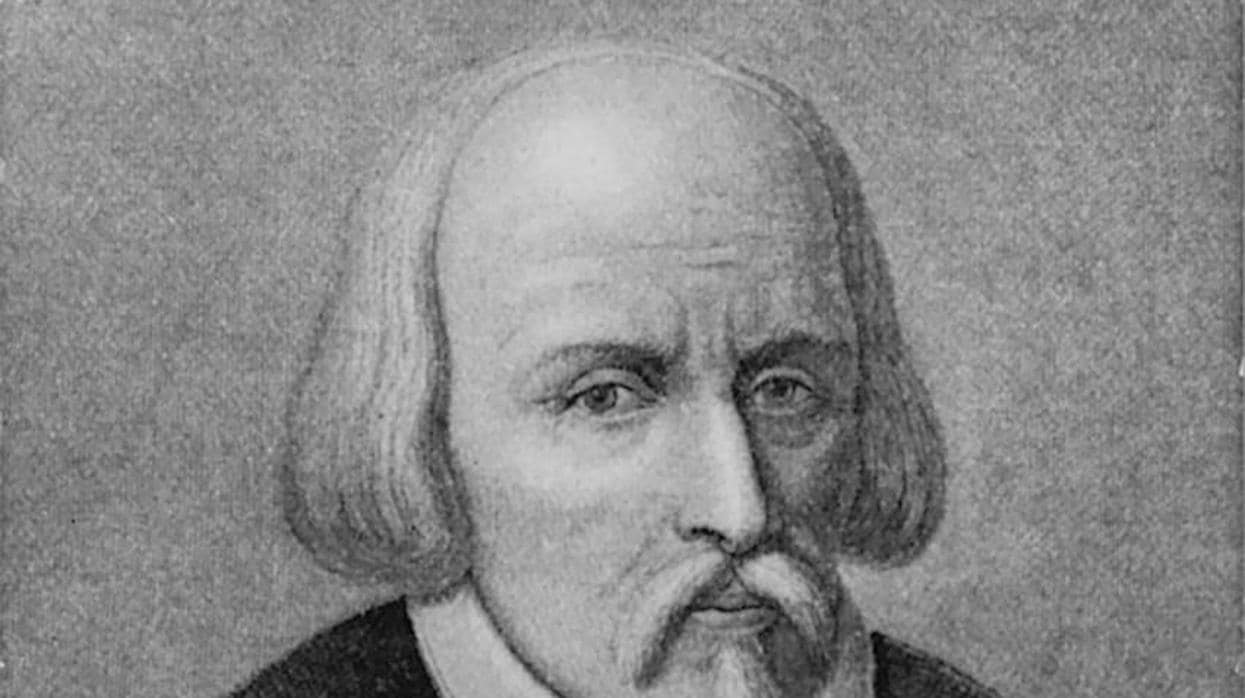
Calderón de la Barca, el torero que desató las iras por su apodo
Pedro Calderon de la Barca | Biography, Plays, & Facts | Britannica Home Literature Poetry Poets A-K Arts & Culture Pedro Calderón de la Barca Spanish author External Websites Written by Alexander A. Parker Professor of Spanish Literature, University of Texas at Austin, 1970-78. Author of The Allegorical Drama of Calderón and others.

Pedro Calderon De La Barca /N(16001681). Spanish Playwright And Poet. Aquatint, C1800, After A
On January 17, 1600, Spanish poet and playwright of the Spanish Golden Age Pedro Calderón de la Barca was born. His work being regarded as the culmination of the Spanish Baroque theatre. As such, he is regarded as one of Spain's foremost dramatists and one of the finest playwrights of world literature.

PEDRO CALDERÓN DE LA BARCA La Paseata
Life Is a Dream Life Is a Dream (Spanish: La vida es sueño [la ˈβiða es ˈsweɲo]) is a Spanish-language play by Pedro Calderón de la Barca. First published in 1636, in two different editions, the first in Madrid and a second one in Zaragoza.